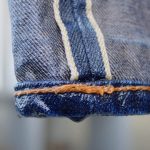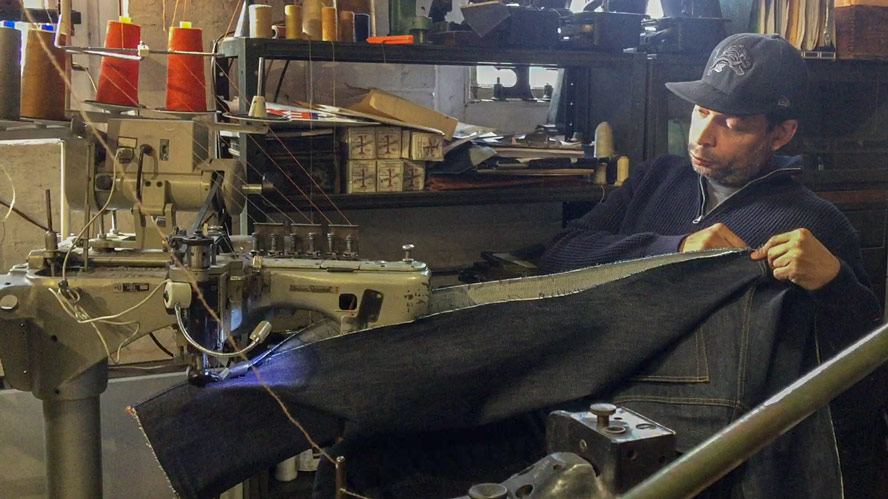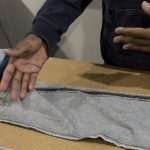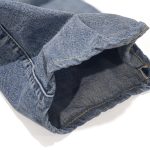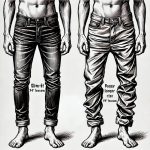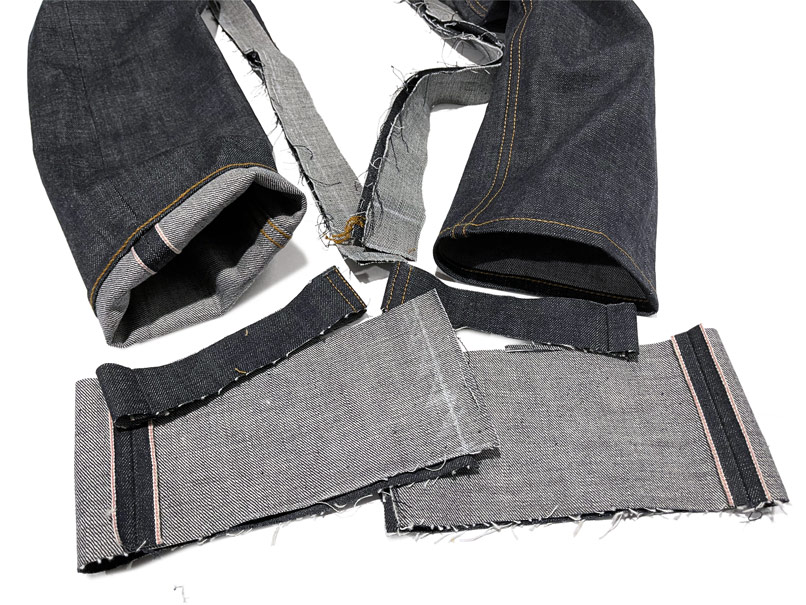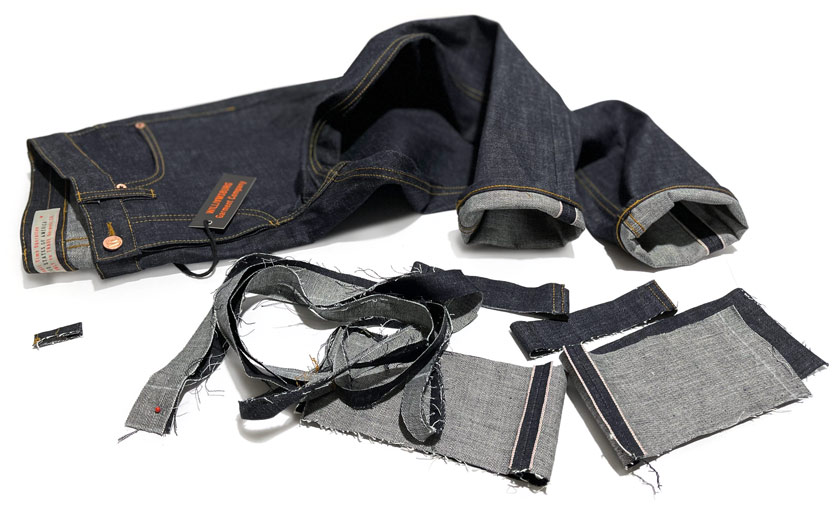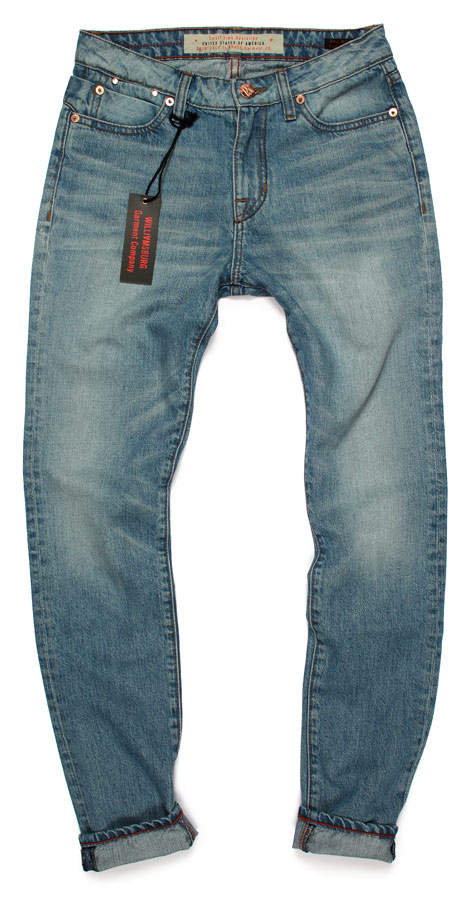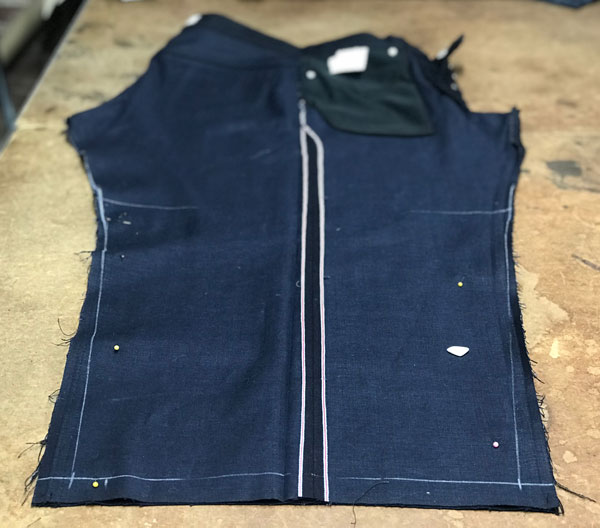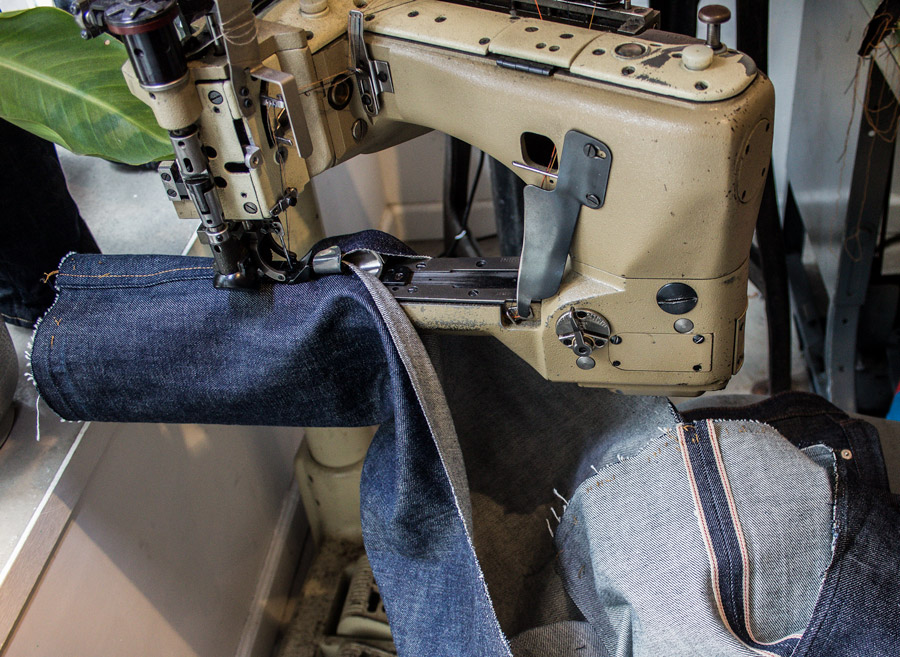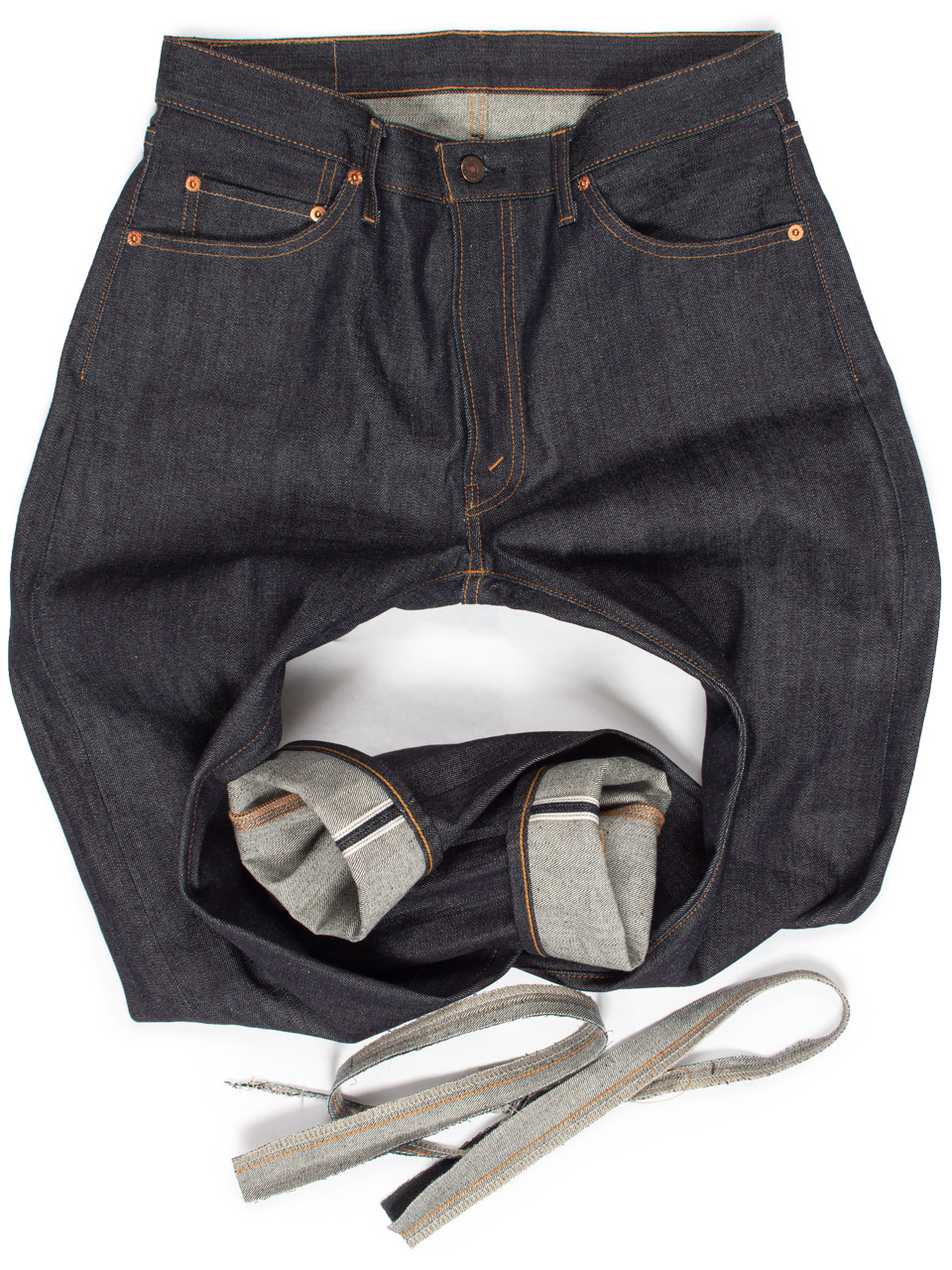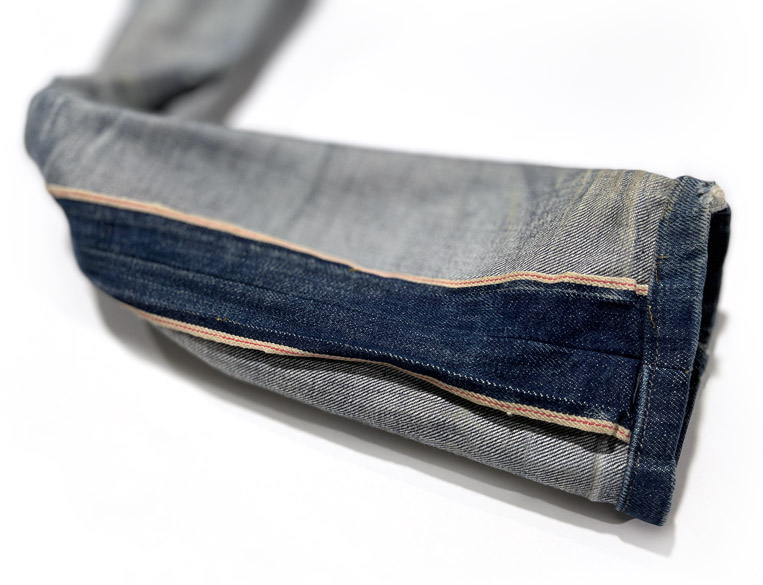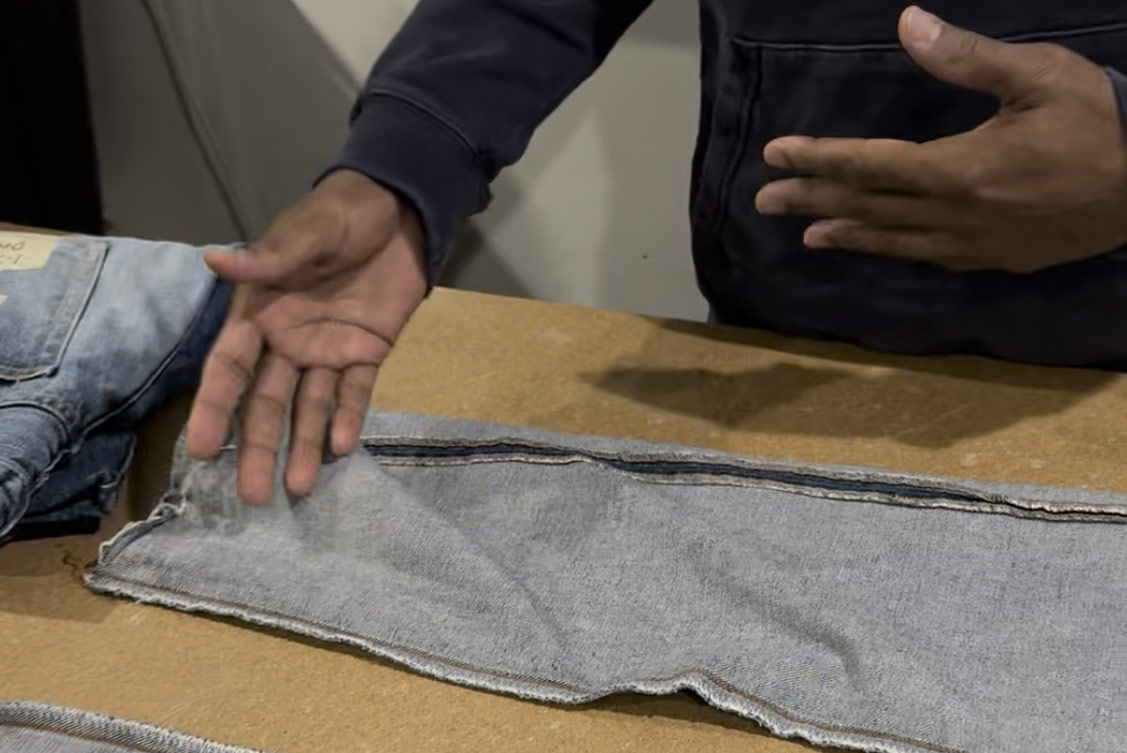
Got a twisted leg on your jeans? If one leg seam always seems to drift to the front or back, you’re dealing with a classic issue called “leg twist.” It’s a common problem in denim, often caused by fabric shrinkage or improper sewing.
In our first video, I explain the two main reasons why jeans legs twist: poor sewing at the factory and uneven fabric shrinkage, or sometimes a mix of both.
In this video, I’ll show you exactly how we professionally fix a twisted leg on jeans, ensuring that they fit comfortably with seams that stay straight. Using expert techniques and specialized machinery, we rework the leg (tapering it) to correct the twist, making your jeans feel just right again.
Watch as I walk you through the step-by-step process of how to identify leg twist, why it happens, and what it takes to fix leg twist in jeans effectively.
Whether you’re curious about denim alterations, experiencing a twisted leg on your favorite jeans, or simply want to know how to get your jeans looking right, this video is for you!




